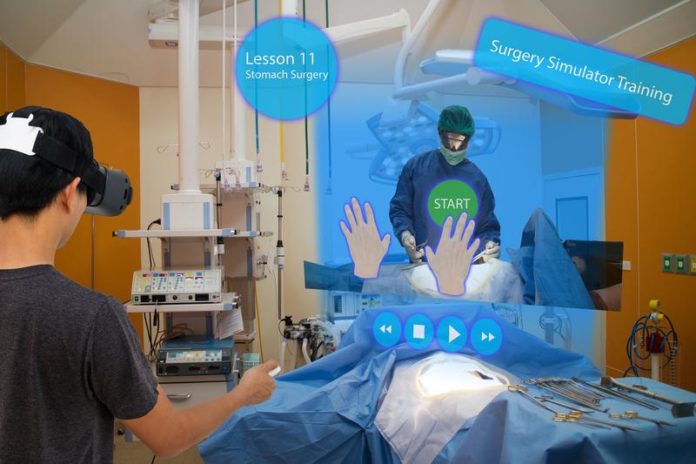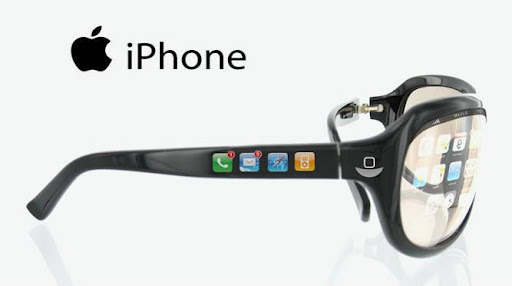Surgery continues to move further into the age of robotics and other technological methods of making surgery safer and with less risk for the patient. Noninvasive brain and other surgeries, as well as virtual surgery, are becoming more common with fewer lives lost. New inventions can be implanted into the body of a person who has cancer that will tell the doctor how the cancer-fighting medications are faring and which ones are actually doing the job they are meant to do, which is to kill the cancer cells. It is becoming more likely that the next time you have surgery you will not have to undergo invasive treatment to fight your disease.
Simulated Surgery
Many people like video games, but did you know that they are also being used to improve surgical procedures? Making a game of surgery has become increasingly popular and has been helping to save lives. With the use of graphics and virtual reality, surgeons are able to practice new and/or unfamiliar surgeries without fear of harming the patient. These methods are not unlike playing the games that the surgeon quite possibly grew up on or even play now. The surgery in question is programmed as closely as possible to the actual surgery along with mistakes that could happen programmed as well. If the surgeon does option one then this will be the outcome. It gives the surgeon a chance to learn before putting scalpel to the skin and therefore potentially saving a life before the surgery begins.
Someday simulated surgery could be used for all surgeries, but for now, it is most effective for those difficult or delicate procedures due to cost. Surgeries on the brain, eyes and facial reconstruction are some of the most widely tested surgeries via simulation. These are all very complex surgeries, so the fact that doctors can practice these surgeries beforehand is very helpful for their training.
Alternative Methods
Almost any alternative to going under the knife is preferred by both patient and physician. Laparoscopy has been found to perform surgery with safer results, less fear of infection, and faster recuperation. Not only that, but it is also less expensive to perform and for the patient in the long run. Orthopedists are finding that acupuncture and chiropractor visits for shoulder and other skeletal surgery can benefit the patient with less pain with often the same results. Stem cells are being used to restore delicate joint tissue in rotator cuffs and other areas with degenerative disease.
An alternative to weight loss surgery called CoolSculpting breaks down fat cells. Its spot freezes the fat in problem areas with cryolipolysis. CoolSculpting can be used in delicate areas such as chin and jawline as well as common areas of surgical reduction like tummy, hips, and thighs. This non-invasive method of killing fat cells can transform your body without surgery, and the dead cells will leave your system after several months’ time.
Huggable Robots for Kids
Gauging a child’s pain can be difficult, especially when they are too young to express what’s going on with them. Huggable is a cuddly bear with robot insides. This squeezable invention eases pain in children and adults, making hospital stays and illness easier to handle. Playing with Huggable can take a child’s mind off of pain or being away from home. When a child is hurting, the strength with which she hugs Huggable is captured and data translates into how much pain she is in. Kids can talk to Huggable and perhaps say things they wouldn’t say to their parents or the medical staff. Huggable can talk back, and the conversations are collected and help the doctor in further diagnosing and treating the child’s illness. Huggable is also available for use with a screen, and some kids might prefer that to the cuddly stuffed version.
Adults like to hug Huggable as well, but they also use him for company or for having someone to talk to when they’re lonely or for playing games. Adults often cannot express their fears and pain just as children cannot. Huggable can be used for patients with Alzheimer’s disease or other diseases that have caused speech and cognitive difficulties. Huggable can take them back to their childhood and, as with kids, can be a comfort in a scary place.
So much of technology seems to be from another world, and that is not apt to change. The more we learn about human beings and technology; the more inventions are being created to help bridge the gap between the two. Invasive surgery is not the only way. Patients heal better with less pain and less intrusion into their bodies. It is becoming possible for science and humanity to coexist.
Here’s another article you might like: How Technology Can Make Employee Training More Effective
















